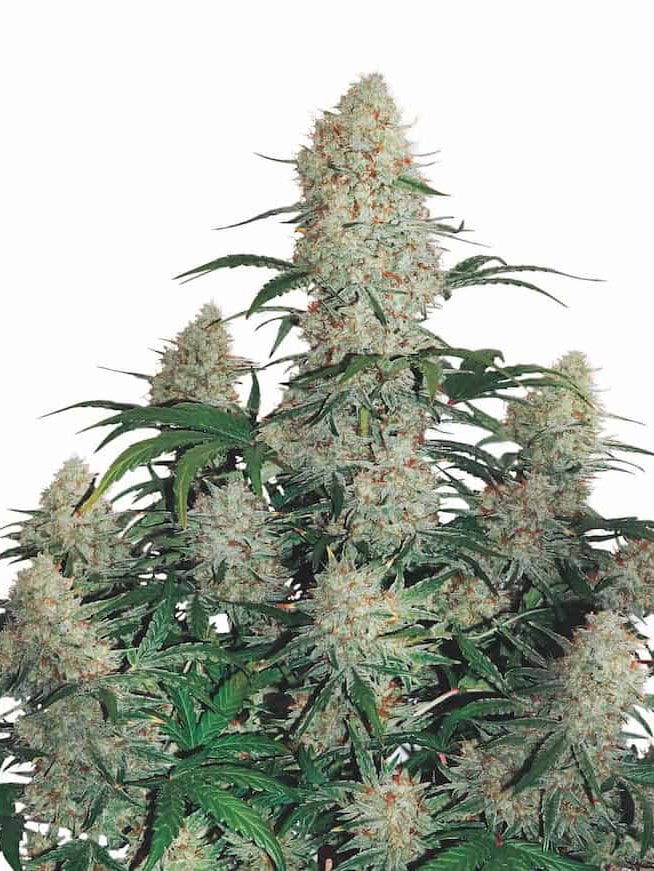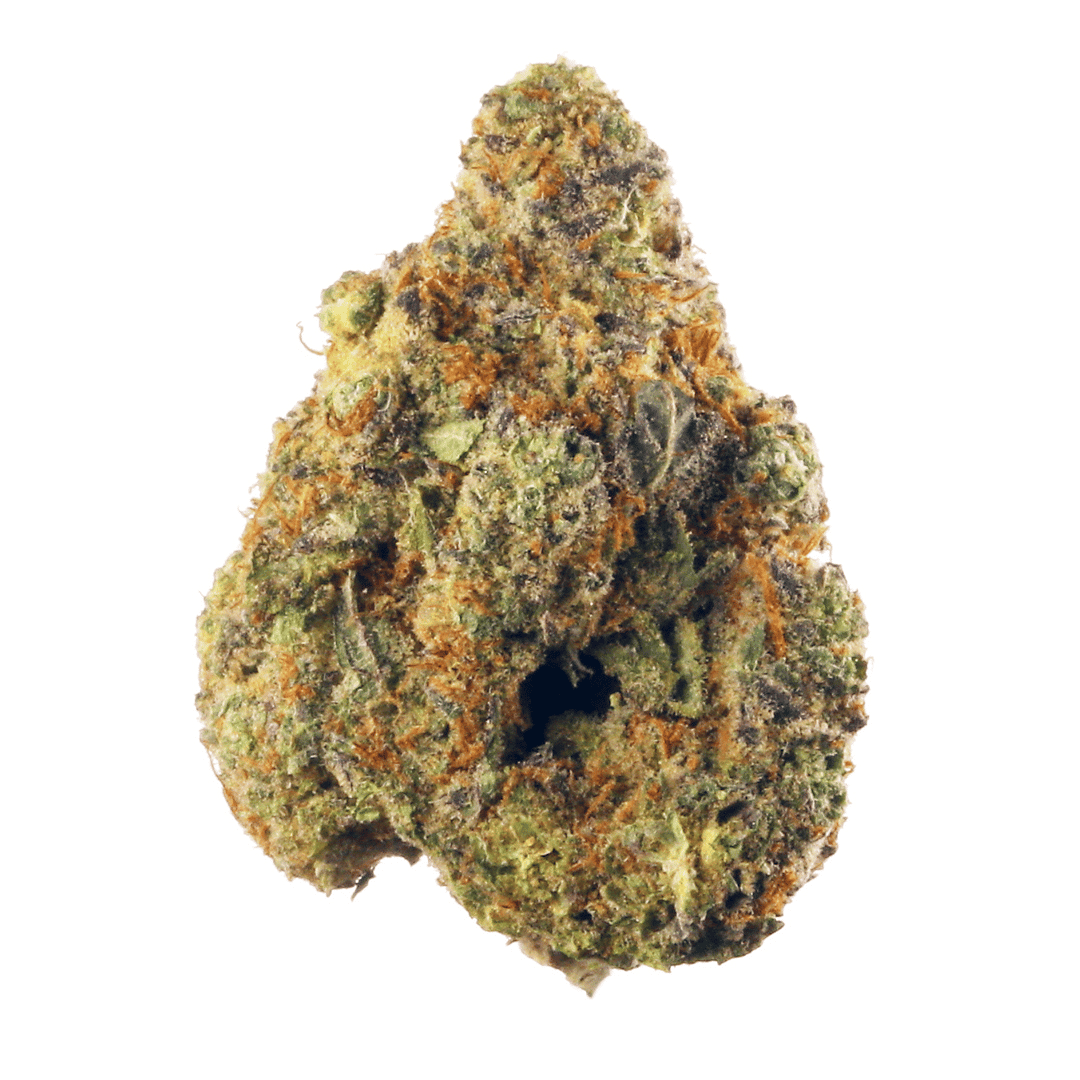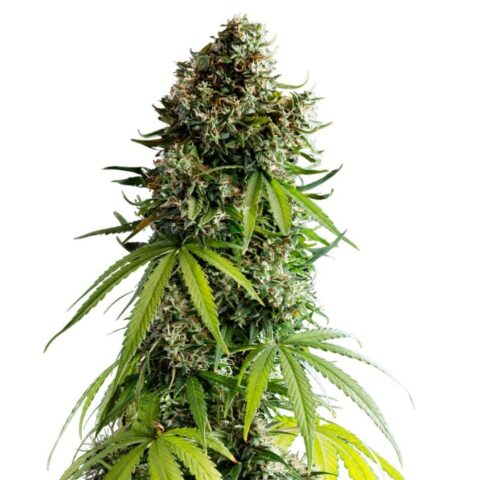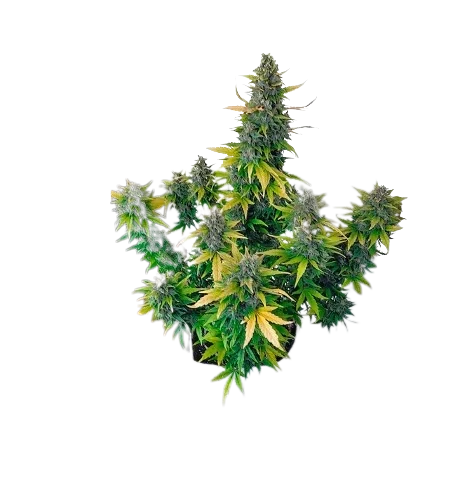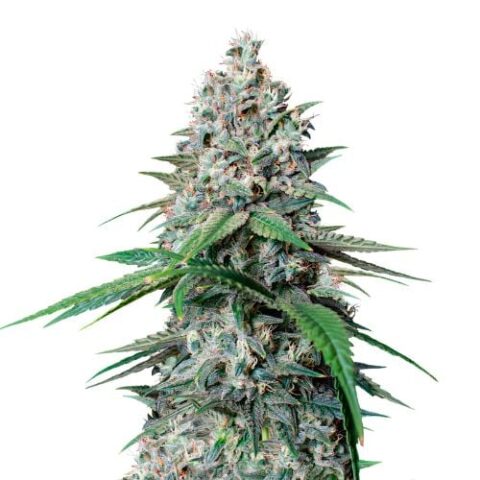Description
Introduction:
The introduction of Afghani kif seeds marks the genesis of a rich and storied journey into the world of kif cultivation. Originating from the rugged terrain of the Hindu Kush mountain range in Afghanistan, these seeds carry with them a legacy that spans centuries, intertwined with the history and culture of the region. Afghani kif strains are renowned for their resilience, adaptability, and the deeply relaxing and sedative effects they impart.
These seeds have long been cherished by cultivators for their unique attributes, which reflect the harsh mountainous environments in which they originated. Afghani kif plants tend to be short and stout, displaying robust and bushy growth patterns. This compact structure, born out of necessity to withstand harsh weather conditions, makes them well-suited for both indoor and outdoor cultivation. One of the most captivating aspects of Afghani kif seeds is their rich and distinct aroma. The strains born from these seeds typically exude a pungent, earthy fragrance, with underlying notes of sweet and spicy nuances.
This aromatic profile has contributed to their popularity not just among growers but also among kif connoisseurs seeking a unique olfactory experience. In terms of effects, Afghani kif strains are celebrated for their potent and soothing qualities. The high THC content combined with a notable presence of CBD often results in a deeply relaxing body buzz. This renders them a favored selection for those individuals in search of relief from chronic pain, insomnia, and stress. Afghani strains are often described as a warm and comforting embrace, offering respite from the rigors of daily life.
Over the years, Afghani kif seeds have earned their place as a cornerstone in the world of kif genetics. They have been utilized in countless breeding programs, contributing their resilience and unique characteristics to the development of numerous hybrid strains. This enduring legacy continues to shape the kif landscape, as breeders and enthusiasts alike recognize the value of Afghani genetics. The introduction of Afghani kif seeds heralds the beginning of a captivating journey into the heart of kif cultivation.
These seeds carry the weight of history, culture, and resilience, offering not just a crop but a connection to a centuries-old tradition. As they persist in evolving and adjusting to contemporary circumstances, and cultivation practices, Afghani strains remain a testament to the enduring allure of this remarkable plant.
Origin and Lineage:
The origin and lineage of Afghani kif seeds are deeply intertwined with the rugged and ancient history of the Hindu Kush mountain range in Afghanistan. This region, renowned for its harsh climate and unforgiving terrain, has been a cradle of kif cultivation for centuries. Afghani kif seeds trace their roots to the indigenous landrace strains that have thrived in this formidable environment for generations. Afghanistan’s unique geographical and environmental factors have played a pivotal role in shaping the genetics of these seeds. The extreme temperatures, high altitudes, and arid conditions of the Hindu Kush region have subjected the kif plants to a relentless natural selection process.
Over time, these plants have adapted to survive and flourish in the face of adversity. As a result, Afghani kif strains have developed a remarkable resilience, making them prized assets for breeders and growers worldwide. The lineage of Afghani kif seeds can be considered a testament to the region’s historical significance in the kif world. These seeds are often classified as indicas, characterized by their compact and bushy growth patterns. Afghani strains typically exhibit dark green foliage and wide-fingered leaves, which are well-suited to their mountainous homeland.
They are known for their short stature and robust structure, making them suitable for discreet outdoor cultivation or confined indoor spaces. Beyond their physical attributes, Afghani kif strains have garnered fame for their therapeutic effects. They are revered for their high THC content, which delivers a potent and relaxing body high. Afghani strains are often sought after by those seeking relief from pain, insomnia, and anxiety. Additionally, their balanced THC-to-CBD ratio contributes to their medicinal value, offering potential benefits for various medical conditions.
The legacy of Afghani kif seeds extends beyond the borders of Afghanistan. They have had a crucial role in the advancement of numerous hybrid strains, influencing the genetics of kif plants across the globe. Afghani genetics have been crossed with strains from various regions, resulting in hybrids that combine the resilience of the landraces with the unique qualities of other strains.
The origin and lineage of Afghani kif seeds are deeply rooted in the rugged mountains and enduring traditions of Afghanistan. These seeds carry with them the genetic adaptations and historical significance of the Hindu Kush region, making them prized possessions for cultivators and enthusiasts alike. As they continue to be cultivated and hybridized, Afghani kif strains remain a testament to the enduring legacy of this remarkable plant.
Growth Difficulty and Grow Guide:
Cultivating Afghani kif seeds can be an immensely rewarding endeavor, but it’s important to understand the growth difficulty associated with these plants and follow a comprehensive grow guide to ensure a successful harvest. Afghani kif strains are renowned for their resilience, making them suitable for growers of varying experience levels, including beginners. However, like any cultivation, certain considerations must be kept in mind.
One of the most appealing aspects of Afghani kif seeds is their adaptability to different environments. They are known for their robust genetics, capable of thriving in a range of conditions. This adaptability extends to both indoor and outdoor cultivation, making Afghani strains versatile options for growers.
Their compact size, bushy structure, and relatively short flowering period further contribute to their ease of cultivation. To optimize the growth of Afghani kif seeds, it’s really important to provide them with a stable environment. This includes maintaining proper temperature and humidity levels, ensuring adequate airflow, and monitoring for potential pests and diseases.
Afghani strains are generally resistant to many common issues, but vigilance is key to a successful harvest. In terms of lighting, Afghani kif seeds typically respond well to both artificial and natural light sources. Indoor cultivators have the option of employing high-intensity discharge (HID) lights or LED grow lights to mimic the sun’s spectrum during the vegetative and flowering stages.
For outdoor cultivation, choosing a location with ample sunlight is essential, as these strains flourish under direct sunlight. Proper nutrition and watering are vital throughout the plant’s lifecycle. Afghani kif strains benefit from a balanced nutrient regimen, with a focus on organic nutrients during the vegetative stage and phosphorous-rich nutrients during flowering. It’s essential to monitor pH levels in the soil or the cultivation substrate to ensure the most efficient nutrient uptake. It’s essential to steer clear of overwatering, which can result in root rot, and also to avoid underwatering, as it can induce stress and impede growth
. Trimming and pruning can also play a significant role in maximizing yields and promoting airflow to reduce the risk of mold and mildew. Careful pruning during the vegetative stage can encourage lateral branching, resulting in a bushier plant with more budding sites. In conclusion, while Afghani kif seeds are known for their resilience and adaptability, successful cultivation still requires careful attention to environmental factors, lighting, nutrition, and overall plant care. Following a well-rounded grow guide and maintaining a watchful eye throughout the growth cycle will help ensure a bountiful harvest of these iconic strains.
Nutrients and Equipment:
- Seed Germination: Begin germination by placing Afghani kif seeds in a damp paper towel until they sprout, typically within a few days.
- Growing Medium: Use a well-draining soil or a hydroponic system, ensuring good aeration for the roots to thrive.
- Equipment: Equip your grow space with adequate ventilation, fans for airflow, and a carbon filter to manage odors.
- Lighting: Provide Afghani kif plants with high-intensity discharge (HID) lights or LED grow lights during the vegetative and flowering stages, maintaining an 18-6 light-dark cycle during vegetative growth and transitioning to 12-12 to induce flowering.
- Nutrients: Implement a balanced nutrient regimen, incorporating organic nutrients during the vegetative stage and phosphorous-rich nutrients during flowering. Keep an eye on pH levels to guarantee adequate nutrient absorption.
- Temperature: Maintain a stable temperature range between 70-80°F (21-27°C) during the daytime and slightly cooler temperatures at night to replicate natural conditions.
- Humidity: Keep humidity levels around 40-60% during vegetative growth and reduce it to 30-40% during flowering to prevent mold and mildew.
- Pruning: Employ selective pruning techniques, such as topping and low-stress training, during the vegetative stage to encourage lateral branching and increase bud production.
Flowering Phase:
- Lighting: Afghani kif seeds thrive under high-intensity discharge (HID) lights or LED grow lights, requiring an 18-6 light-dark cycle during vegetative growth and shifting to 12-12 for flowering.
- Nutrients: Feed Afghani kif plants with balanced nutrients, emphasizing phosphorous-rich options during flowering, and closely monitor pH levels for proper nutrient uptake.
- Temperature: Maintain a stable temperature range between 70-80°F (21-27°C) during the day and slightly cooler temperatures at night to mimic their natural habitat.
- Humidity: Keep humidity levels around 40-60% during the vegetative stage and reduce it to 30-40% during flowering to prevent mold and mildew.
- Sexing: To identify and segregate male plants from females, closely observe the pre-flowering stage (around 4-6 weeks) for the appearance of pollen sacs on males and white pistils on females, allowing you to select and remove male plants to prevent pollination.
Harvest:
- Indicators: When selecting Afghani kif seeds, look for dark, well-developed seeds with a glossy sheen as indicators of quality and viability.
- Technique: Germinate Afghani seeds by placing them in a damp paper towel until they sprout, and then transplant the seedlings into your chosen growing medium.
- Curing: After harvesting, properly cure Afghani kif buds by drying them in a controlled setting with consistent humidity and temperature, followed by sealing them in airtight containers for several weeks to enhance flavor and potency.
Common Challenges:
- Pests: Keep a vigilant eye for common kif pests such as spider mites, aphids, and fungus gnats, which can affect Afghani kif plants; employ natural remedies or organic pesticides when needed.
- Nutrient Imbalance: Monitor nutrient levels closely to avoid deficiencies or excesses, which can result in stunted growth or nutrient lockout, affecting overall plant health.
- Over/Under Watering: Avoid overwatering to prevent root rot and underwatering to avert stress and potential nutrient uptake issues; maintain a consistent watering schedule based on the plant’s specific needs.
Additional Tips:
- Training Techniques: Consider employing low-stress training (LST) and topping during the vegetative stage to promote lateral branching and optimize canopy growth for Afghani kif plants.
- Climate: Afghani kif strains are well-suited for both indoor and outdoor cultivation, but outdoor growers should choose a warm and dry climate with plenty of sunlight for optimal results.
- Testing: Regularly test the pH and nutrient levels in your growing medium to ensure Afghani kif plants receive the right balance of nutrients and maintain healthy growth.
Germination time:
The germination time of Afghani kif seeds is a critical phase in the cultivation journey, marking the very beginning of a plant’s life. Generally, Afghani kif seeds exhibit a germination period that falls within the range typical for most kif strains. This process typically spans between 24 hours to 7 days, although some seeds may sprout even faster or require a bit more patience. During germination, these seeds undergo a transformation as they awaken from dormancy. It begins with the absorption of water, causing the seed coat to swell and eventually crack open. As the embryonic root, or taproot, emerges, it searches for moisture and nutrients in the surrounding medium.
This initial phase of growth is critical, as it sets the foundation for the plant’s entire lifetime cycle. Several factors can influence the germination time of Afghani kif seeds. The freshness and quality of the seeds play a pivotal role; older or improperly stored seeds may have a reduced germination rate and require an extended period to sprout. Moreover, the environmental factors, including temperature and humidity, may impact germination speed. Providing the seeds with a consistently warm and moist environment can expedite the process. Many growers prefer to initiate germination using the paper towel method.
This involves placing the seeds between damp paper towels in a dark, warm location, ensuring that the towels remain consistently moist but not waterlogged. This method allows for easy observation of the germination progress and is often the preferred choice for those seeking precise control over the process. As the taproot emerges, it’s crucial to handle the delicate seedlings with care to avoid damaging the root. Once the taproot is a few centimeters long, transplanting the seedlings into a suitable growing medium is recommended to allow for further development.
Wellness and Afghani Cannabis seeds:
Wellness, a holistic state of being that encompasses physical, mental, and emotional health, is a pursuit deeply intertwined with the potential effects of Afghani kif seeds. These seeds, originating from the heart of the Hindu Kush mountains in Afghanistan, have been cultivated for generations, not Not only due to their cultural and historical importance but also for their potential contributions to well-being.
In the realm of wellness, nutrition plays a foundational role, and here, Afghani kif seeds offer a unique proposition. These seeds are packed with essential nutrients, including proteins, fiber, and healthy fats. Abundant in omega-3 and omega-6 fatty acids, they promote cardiovascular well-being and could potentially lower the chances of developing heart disease. Additionally, the seeds are a source of vitamins and minerals, contributing to overall vitality.
Yet, it’s not just the nutritional aspect that makes Afghani kif seeds relevant to wellness. The potential effects of the plants grown from these seeds also come into play. While Afghani strains are often characterized by their relaxing and sedative qualities, they have a long history of use in traditional medicine. Some individuals have reported that Afghani strains may offer relief from chronic pain, anxiety, and insomnia, thus contributing to mental and emotional well-being. Incorporating Afghani kif strains into one’s wellness routine, however, necessitates careful consideration and moderation.
Like all kif products, their effects can vary widely from person to person. The unique chemistry of each individual’s endocannabinoid system, coupled with the diversity of Afghani strains, means that outcomes can differ significantly. Responsible and informed usage is crucial, especially for those seeking wellness benefits. Seeking guidance from a healthcare expert or a well-informed budtender can provide valuable guidance on strain selection and dosing.
Moreover, cultivating a mindful approach, using these strains in moderation, and being attuned to one’s body’s responses are key elements of incorporating Afghani kif seeds into a wellness regimen. The pursuit of wellness is multifaceted, and Afghani kif seeds present an intriguing avenue for those exploring natural remedies and holistic approaches. Their nutritional richness and potential therapeutic effects have made them a subject of interest in the wellness community. However, achieving wellness through kif requires a balanced and informed approach, emphasizing individuality, responsibility, and mindfulness to harness the potential benefits while respecting the plant’s complexities.
CBD Levels:
The CBD levels within Afghani kif seeds are a captivating facet of their genetic composition. Hailing from the resilient plants indigenous to the Hindu Kush mountains, Afghani kif strains are often celebrated for their potential to produce cannabidiol (CBD) in varying concentrations.
CBD, one of the primary non-psychoactive cannabinoids found in the kif plant has garnered significant interest due to its potential therapeutic applications. Afghani kif seeds, known for their adaptability and resilience, have been a focal point for breeders and cultivators looking to harness the therapeutic potential of CBD. While Afghani strains are not typically associated with exceptionally high CBD levels, they often exhibit a balanced cannabinoid profile, with CBD playing a significant role alongside THC. This balance can result in strains that offer a more mellow and well-rounded experience, with the potential for both relaxation and mild therapeutic effects.
The precise CBD levels in plants grown from Afghani kif seeds can vary based on several factors. Genetics play a pivotal role, with different seed varieties producing varying levels of CBD. Furthermore, environmental conditions, including light, temperature, and nutrient availability, can also influence the final CBD content of the mature plants. This adaptability, however, allows cultivators to potentially tailor the CBD levels to their desired range, depending on their intended use.
For individuals seeking the potential therapeutic benefits of CBD, Afghani strains can offer a balanced and accessible option. CBD has been researched for its possible anti-inflammatory, anxiolytic, and analgesic properties, making it appealing for those looking to address issues such as chronic pain, anxiety, or inflammation. Afghani strains, with their moderate CBD levels, have the potential to provide a soothing and relaxing experience without the pronounced psychoactive effects associated with higher THC strains. As the worldwide interest in CBD continues to grow more and more, Afghani kif seeds hold promise for both medicinal and wellness applications.
Whether incorporated into a broader holistic wellness regimen or used specifically to target certain ailments, the CBD levels within Afghani kif seeds offer a valuable avenue for exploration. It’s important for individuals to approach these seeds with an understanding of their unique genetics and to seek informed guidance to cultivate and utilize them effectively. In essence, the CBD levels within Afghani kif seeds represent a potential bridge between tradition and modern wellness, providing a pathway for individuals to explore the multifaceted benefits of this remarkable cannabinoid.
Appearance:
The appearance of Afghani kif seeds is a testament to the rich heritage and rugged origin of these remarkable strains. Originating from the harsh and mountainous terrain of the Hindu Kush region in Afghanistan, Afghani kif seeds have evolved to thrive in challenging environments, and their physical characteristics reflect this adaptability. One of the striking features of Afghani kif seeds is their robust and resilient nature.
These seeds tend to be dark and compact, with a tough, durable shell that protects the delicate genetic material within. This hardy exterior is well-suited to surviving the harsh conditions of their native region, where they can encounter extreme temperatures, strong winds, and arid climates. The size and color of Afghani kif seeds can vary somewhat, but they generally appear dark brown to black, often with marbled or mottled patterns. Their compact size makes them relatively easy to handle and store, which is a practical advantage for both growers and breeders.
When held in the hand, Afghani kif seeds exude an air of resilience and promise. Their physical appearance is a reflection of the plants that they have the potential to become—sturdy, adaptable, and robust. These seeds are the embodiment of generations of natural selection, as they’ve evolved to survive and thrive in the challenging environments of the Hindu Kush mountains.
The appearance of Afghani kif seeds serves as a reminder of the plant’s historical and cultural significance. For centuries, these seeds have been cultivated and cherished for their unique qualities, which have been passed down through generations of growers and enthusiasts. Their appearance is a tangible link to the rich history of kif cultivation in the region.
The appearance of Afghani kif seeds tells a story of resilience, adaptation, and enduring heritage. These seeds are not just the beginning of a cultivation journey; they are a tangible connection to the natural world and the generations of growers who have cultivated and cherished them. Their physical characteristics serve as a testament to the enduring allure of kif and the rich tapestry of genetics that continue to captivate cultivators and enthusiasts alike.
Plant Height:
Afghani kif seeds, rooted in the rugged terrain of the Hindu Kush mountains, give rise to plants known for their distinctive stature. These plants, typically characterized by their compact and bushy growth, often exhibit a relatively short stature compared to other kif strains. The compact size of Afghani kif plants is a direct adaptation to the challenging environmental conditions of their native region, where harsh weather, strong winds, and limited sunlight are commonplace.
The relatively short plant height makes Afghani strains particularly well-suited for discreet cultivation, both indoors and outdoors. Indoors, their compact size allows for easier management and more efficient use of available space. Outdoors, this characteristic offers an advantage when it comes to concealing the plants among other vegetation or structures. Beyond their practicality, the unique plant height of Afghani kif strains contributes to their aesthetic appeal.
The bushy and densely packed foliage exudes an air of vitality and resilience, reminiscent of the sturdy, wild kif plants that have thrived in the Afghan mountains for centuries. This compact growth also plays a role in maximizing the potential for bud production, as it allows for greater light penetration and encourages lateral branching, resulting in an abundance of flowering sites. In essence, the plant height of Afghani kif seeds is more than a mere physical characteristic; it mirrors nature’s adaptive ingenuity and the rich genetics that continue to captivate cultivators and enthusiasts alike.
Aroma:
The aroma arising from kif seeds of this particular lineage is a symphony of fragrances, a delicate dance of terpenes that offers a tantalizing preview of the sensory experience that awaits. These seeds, cultivated in diverse environments around the world, have the potential to produce a wide array of aromas that span the olfactory spectrum. Terpenes are the fragrant molecules accountable for the characteristic scents that emanate from the mature plant. The aromatic profile of these seeds can encompass an impressive variety, ranging from earthy and musky undertones, reminiscent of a forest floor after a fresh rain, to the sweet and fruity notes that evoke images of sun-ripened orchards.
Some seeds may surprise the senses with hints of spiciness or pepperiness, while others might carry the essence of pine needles or the zesty freshness of citrus groves. These aromatic profiles, though present in the seeds themselves, become more pronounced as the plants mature and approach the flowering stage. The process of cultivation, including factors such as light exposure, temperature, and nutrient balance, can influence the intensity and complexity of the aroma. Additionally, post-harvest procedures, particularly curing, can further enhance the fragrance, making it more refined and captivating.
Beyond the sheer pleasure of the aroma, terpenes also have the potential to influence the overall effects of the kif strains that grow from these seeds. For example, strains with a dominant limonene terpene profile, often characterized by a citrusy aroma, may be sought after for their potential to uplift and alleviate stress. In contrast, those with a myrcene-rich scent, earthy and musky, may offer relaxing and sedative effects. This intricate interplay between aroma and potential effects adds depth to the overall kif experience, making the aroma not just a sensory delight but a guide to what one might expect from the strains that these seeds produce.
In the world of kif, aroma is more than a fleeting sensation; it is an intricate and integral aspect of the plant’s identity. It serves as a portal to the world of sensory exploration, a journey through the diverse genetic lineage and cultivation practices that shape each strain. The aroma of these seeds is a testament to nature’s artistry, an invitation to connect with the plant on a profound and sensory level, and a delightful prelude to the myriad experiences that kif enthusiasts and cultivators can discover and savor.
Flavor:
The flavors that emanate from kif seeds of this particular lineage are a captivating exploration of the senses, a tantalizing journey through a diverse array of taste profiles. These seeds, grown and nurtured in a multitude of environments across the globe, hold within them the potential to yield a rich tapestry of flavors, each one a unique expression of nature’s aromatic artistry.
Flavor is intricately tied to the presence of terpenes, those volatile compounds that give rise to the distinctive tastes and aromas of the mature plant. The flavor spectrum encapsulated within these seeds is vast, ranging from earthy and musky undertones, reminiscent of damp forest floors, to the sweetness of ripe fruits, redolent of sun-drenched orchards. Some strains may surprise the palate with peppery or spicy notes, while others offer the freshness of pine needles or the zesty citrus burst of lemon or orange.
Yet, the journey of flavor doesn’t end with the seeds themselves; it’s an odyssey that evolves as the plants mature and their buds develop. Factors such as lighting, temperature, and nutrient balance during cultivation can significantly influence the intensity and complexity of the flavors. Moreover, the post-harvest process, particularly the art of curing, plays a crucial role in refining and intensifying the taste, rendering it more nuanced and captivating.
Beyond the sheer sensory delight, the terpenes responsible for these flavors may also contribute to the overall effects of the strains that grow from these seeds. For instance, strains boasting a dominant myrcene terpene profile, characterized by earthy and musky flavors, might offer relaxing and sedative effects, while those with a pronounced limonene presence, offering a citrusy tang, could uplift and alleviate stress.
This intricate interplay between flavor and potential effects enriches the kif experience, turning flavor into a guide that hints at the journey one is about to embark upon. In the realm of kif, flavor is more than just a gustatory sensation; it’s a multifaceted experience that connects individuals to the genetics, cultivation practices, and geographic origins of each strain. The flavors of these seeds are a tribute to nature’s artistry, a tantalizing invitation to explore the diverse and dynamic world of kif, and a promise of the extraordinary sensory adventures that await enthusiasts and cultivators alike.
In Conclusion:
In conclusion, the journey through the realm of these kif seeds has revealed a rich tapestry of characteristics and potentials. From their distinct appearance and compact stature, which hints at their rugged origins, to the captivating aromas and flavors they offer, these seeds hold the promise of an extraordinary cultivation experience. The terpenes, those aromatic compounds, that define their scent and taste are not merely sensory pleasures but also gateways to understanding the intricate interplay between genetics, cultivation, and effects.
Moreover, these seeds have shown themselves to be adaptable and versatile, thriving in a range of environments and accommodating the preferences of cultivators, whether indoors or outdoors. Their potential to yield a balanced cannabinoid profile, including CBD, adds depth to their appeal, making them a compelling choice for those seeking not only recreational enjoyment but also potential therapeutic benefits. While the flavor and aroma of the strains grown from these seeds provide sensory delight, they also offer valuable insights into the world of kif.
Terpenes, those aromatic molecules, hold the potential to influence the overall effects of the strains, making flavor not just a gustatory experience but a guide to the unique journey that each strain may offer. In essence, these seeds are more than just the beginning of a cultivation endeavor; they are a gateway to a world of possibilities, a connection to the traditions and natural forces that have shaped them, and an invitation to explore the complexities of kif cultivation.
In summary, the world of these kif seeds is a captivating blend of science, artistry, and nature’s ingenuity. They are a testament to the allure of kif, a plant that continues to captivate and inspire generations of enthusiasts and cultivators alike. The journey with these seeds is a testament to the intricate beauty of the kif plant and the vast possibilities it holds for those who are ready to explore its depths.
